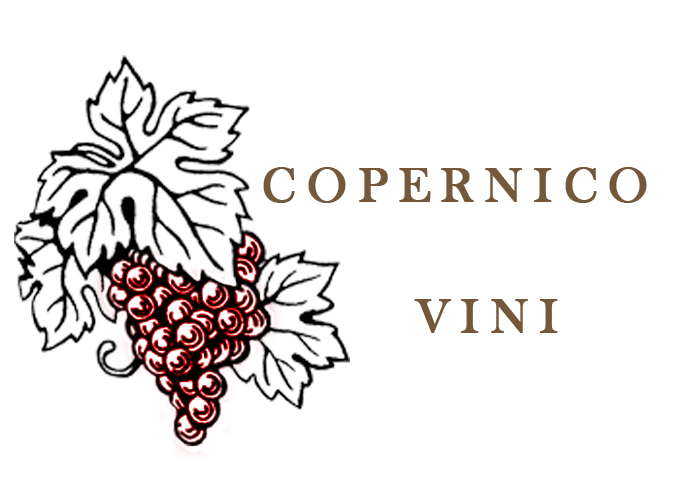Additionally, a symbiotic dating anywhere between Burkholderia and you can light rot fungi Phanerochaete chrysosporium was described by the Seigle-Murandi ainsi que al
The degree of inhibition, shown during the % suppression of one’s marker enzyme, by protease inhibitors contained in Fomes fometarius fruiting regulators arrangements.
Positive TLC show had been received for both style of extraction (liquids and you may methanol) ( Desk 3 ), however, only in the ethanol-domestic plumbing. In the ethyl acetate-acetic acid-domestic plumbing, no breakup is received and only a spot comparable to the brand new 1st application towards TLC plate are visible. The best put of secondary metabolites, 0.11176, from a healthier beech tree, was not understood. There are no variations in brand new intensities of one’s weaker 0.9092 put on the fit beech forest around the examples while the 0.8235 place, which had been within the fruiting government. There was a visible decrease in the fresh intensity of spots 0.7058, 0.1176 and 0.7882 towards beech between match and you will colonized fruit bodies. Places 0.11176 (methanol), 0.9092 (water) and you may 0.7882 (water) is missing from the fruiting regulators growing into the birch, each other fit and you may populated. This new 0.7058 spot in every examples on the aqueous extract did not transform their strength, when compared with locations with the same Rf on the methanol extract.
Dining table 3
TLC plates have been developed using the ethanol-water system and was in fact visualized below an excellent Uv light on wavelengths from 254 and 365 nm.
Talk
In the present research, i investigated the fresh new microbiome pages out-of larvae and you will grownups off fungivorous beetle B. reticulatus. Gotten habits of the abundance within one another phylum and you may classification top stayed inside congruence having past studies. Proteobacteria, Actinobacteria and Bacteroidetes phyla, plus Alpha- and you will Gammaproteobacteria kinds have been noted as the most plentiful bacterial organizations in almost any insect types (e.grams., Colman, Toolson & Takacs-Vesbach, 2012; Jones, Sanchez & Fierer, 2013; Yun mais aussi al., 2014; Kim ainsi que al., 2017), plus those fostering fungi (Aylward et al., 2014). Moreover, recognized designs of one’s abundance stayed in the congruence into abilities of our own prior study focused on microbial teams regarding the Hoplothrips carpathicus (Thysanoptera), which also inhabits fruiting bodies away from F. fomentarius (Kacz).
Amazingly, in the genus level Burkholderia-Cabalerrinia-Paraburkholderia (Burkholderiaceae) was perhaps one of the most dominant genera in every checked out samples. Regarding study of bacterial organizations associated with the fungivorous H. carpathicus so it genus was also noted (Kacz), nonetheless it wasn’t as plentiful as with B. reticulatus. Burkholderia has also been identified inside bacterial groups of this almost every other insects e.grams., from the larvae of your timber-serving beetle Prionoplus reticularis (Reid et al., 2011), latin woman date kredileri inside longicorn beetle Prionus insularis (Park ainsi que al., 2007) or perhaps in people in Heteroptera (Kikuchi, Hosokawa & Fukatsu, 2010). This genus is linked with many features: nitrogen obsession (Estrada-De- et al., 2001), defence elements (Santos et al., 2004), fragrant substance destruction (Laurie & Lloyd-Jones, 1999; Bugg et al., 2011), and you may cleansing off forest defence substances (Smith et al., 2007; Adams et al., 2013). (1996). So it fungus species, like F. fomentarius, degrades lignocellulosic material. Nonetheless, symbiotic dating between F. fomentarius and you can microbes hasn’t been examined yet. Thus, you can not ban you to Burkholderia understood during the bacterial groups out of B. reticulatus was linked and for the tinder fungi thru good symbiotic matchmaking. But not, their presence in microbiome profiles of different developmental amount out-of black colored tinder fungus beetle is thought to be associated with the potential from Burkholderia agencies to destruction of aromatic compounds (elizabeth.grams., lignin) present in B. reticulatus eating source.
In addition to Burkholderia, i included in tested bacterial communities in addition to other genera, that happen to be considered as degraders out-of aromatic substances. Pseudomonas (Pseudomonadaceae) and you can Serratia (Enterobacteriaceae) known in the past within the microbiome of your mountain oak beetle Dendroctonus ponderosae, was indeed named terpene degraders (Adams ainsi que al., 2013). Subsequently, Sphingomonas, Sphingobium, Novosphingobium and Sphingopyxis (Sphingomonadaceae) was indeed recognised being employed in destruction of various recalcitrant fragrant compounds and you can polysaccharides (Aylward ainsi que al., 2013). More over, Sphingomonas could have been known within the microbiome away from wood-terrifically boring beetle, Anoplophora glabripennis since the genus involved in the destruction of lignocellulose, hemicellulose, or any other fragrant hydrocarbons (Geib mais aussi al., 2009a; Geib et al., 2009b; Scully et al., 2013). Bosea (Beijerinckiaceae; including used in present research) was a student in turn recognized getting associated with the cuticles off bush-ant genera Allomerus and you may Tetraponera (Seipke et al., 2013) and you may called hydrocarbon degrader (Yang mais aussi al., 2016)prehensive analyses of the practical microbiome away from arthropods (e.g., honeybees, good fresh fruit flies, cockroaches, termites, ants and you may beetles) reveal that Burkholderia, Sphingomonas and you can Bosea try together mixed up in same procedure age.grams., aerobic metabolic process, responding which have cytochrome c or bypassing cytochrome c (Esposti & Romero, 2017).


 Italiano
Italiano